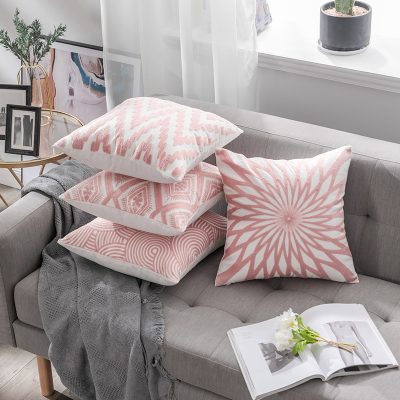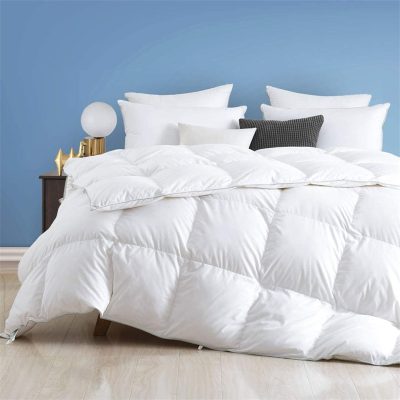Cushions come in various types and materials to suit different purposes, preferences, and styles. Here’s an overview of some common cushion types and the materials used to make them:
1. Seat Cushions:
- Foam Cushions: These are made from various foam densities and provide support and comfort for chairs, sofas, and car seats.
- Memory Foam Cushions: Known for their ability to conform to the shape of your body, memory foam cushions are excellent for pressure relief and comfort.
- Gel Cushions: Gel cushions have a cooling effect and are ideal for individuals who require extra cushioning for extended sitting periods.
2. Back Cushions:
- Lumbar Cushions: Designed to support the lower back, lumbar cushions can help alleviate back pain and promote good posture.
- Wedge Cushions: These cushions are shaped like wedges and can be used to elevate the upper body or improve posture while sitting.
3. Decorative Cushions:
- Throw Pillows: These are typically smaller cushions used for decorative purposes on sofas, beds, or chairs. They come in various shapes and materials.
- Bolster Pillows: Cylindrical cushions that add a decorative touch and can provide neck or lumbar support.
- Floor Cushions: Large, flat cushions designed for sitting or lounging on the floor. They are often used in informal seating arrangements.
4. Outdoor Cushions:
- Outdoor Seat Cushions: Made from weather-resistant materials like polyester, these cushions are designed to withstand outdoor elements and are commonly used on patio furniture.
- Outdoor Throw Pillows: Similar to indoor throw pillows but designed for outdoor use, these cushions are often made from materials that resist water and UV rays.
5. Bedding Cushions:
- Mattress Toppers: Thick cushions placed on top of mattresses to add extra comfort and support.
- Pillow Shams: Decorative cushion covers that encase regular pillows and enhance the bed’s aesthetics.
Common Cushion Materials:
1. Foam:
- Polyurethane foam is widely used for its durability and support. Different densities of foam are available for various levels of firmness.
2. Memory Foam:
- Viscoelastic memory foam contours to the body’s shape, providing excellent pressure relief and comfort.
3. Feather and Down:
- These cushions are filled with the soft feathers or down from ducks or geese, providing a plush and luxurious feel.
4. Polyester Fiberfill:
- Polyester fibers are synthetic, hypoallergenic, and used for affordability and easy maintenance.
5. Gel:
- Gel cushions contain a gel layer for cooling and comfort. They are often used in wheelchair cushions or office chair pads.
6. Latex:
- Natural or synthetic latex cushions are known for their resilience and support. They are also resistant to dust mites and allergens.
7. Outdoor Materials:
- For outdoor cushions, materials like polyester, acrylic, or olefin are common. These materials are designed to resist moisture, UV rays, and mildew.
8. Natural Materials:
- Cushions made from natural materials like cotton, linen, jute, and bamboo offer breathability and a natural, eco-friendly feel.
When choosing a cushion, consider the intended use, desired comfort level, durability, and maintenance requirements. Different materials and types of cushions offer unique benefits, so you can select the one that best suits your needs and preferences.




















